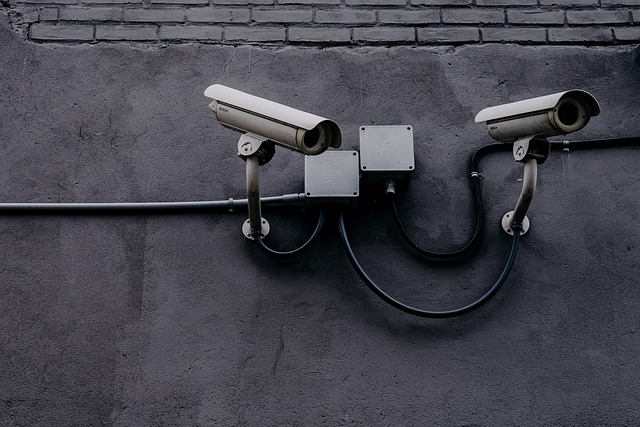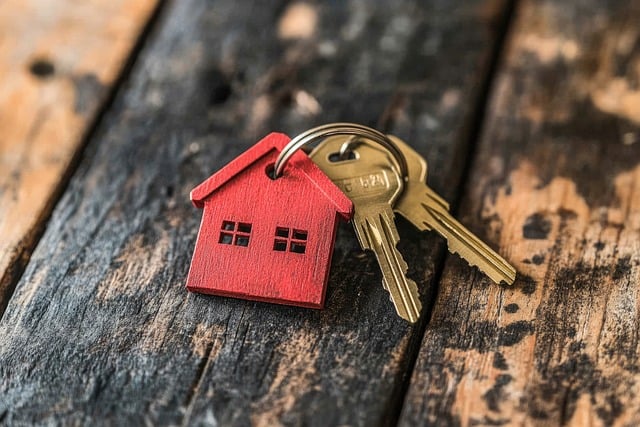Home surveillance has evolved through wireless solutions, offering advanced protection and peace of mind. Surveillance camera systems provide real-time monitoring, motion detection, and remote access via mobile apps, integrating with smart homes. These systems range from intrusion deterrence to evidence in security incidents, facilitating better home management. Wireless surveillance offers flexibility and ease of installation, while challenges include signal interference and cybersecurity. Customizable plans ensure optimal coverage, capturing vital home security footage for comprehensive residential monitoring. Evaluating unique security needs and preferences guides personalized strategy creation, ensuring effective use of surveillance camera systems for enhanced home security.
In today’s digital era, home surveillance has become a crucial aspect of ensuring peace of mind and enhancing family safety. This comprehensive guide offers professional advice on selecting and installing surveillance camera systems tailored for residential use. From understanding the basics and benefits of home surveillance to navigating wireless technologies, real-time monitoring, and custom planning, this article equips folks with the knowledge to transform their homes into secure havens. Discover optimal surveillance solutions and unlock the power of home security cameras.
- Understanding Home Surveillance: The Basics and Benefits
- Types of Surveillance Camera Systems for Residential Use
- Wireless Surveillance: Pros, Cons, and Best Practices
- Customizing Your Home Monitoring Plan: What to Consider
- Capturing Security Footage: Real-Time Monitoring in Action
Understanding Home Surveillance: The Basics and Benefits

Understanding Home Surveillance: The Basics and Benefits
Home surveillance is a critical component of modern residential monitoring, offering peace of mind and enhanced security for homeowners. Surveillance camera systems provide real-time monitoring capabilities, allowing individuals to keep an eye on their properties from anywhere at any time. These systems have evolved significantly over the years, transitioning from cumbersome wired setups to sleek wireless surveillance solutions. Today, home security cameras integrate seamlessly into smart homes, offering features like motion detection, customizable alerts, and remote access through mobile apps.
The benefits of implementing a home surveillance system are multifaceted. From deterring potential intruders to providing invaluable evidence in case of an incident, these systems serve as robust security measures. Moreover, they facilitate better home management by enabling remote monitoring of valuable assets, pets, or children. With custom surveillance plans tailored to individual needs, homeowners can enjoy personalized protection and the assurance that their homes are secure, even when they’re away. Real-time security footage captured by these systems adds an extra layer of safety, empowering homeowners to respond swiftly to any concerning activities.
Types of Surveillance Camera Systems for Residential Use

When it comes to choosing a surveillance camera system for your home, there are several options tailored to different needs and preferences. One popular choice is wireless surveillance, which offers flexibility and ease of installation. These cameras transmit data via Wi-Fi or cellular networks, eliminating the need for complex wiring. This option is ideal for quick home camera installation and can be easily expanded with additional sensors and cameras as your security needs evolve.
Another type is real-time monitoring systems that provide constant vigilance. These solutions are designed to capture and transmit home security footage instantly, allowing you to keep an eye on your property from anywhere at any time. Many modern systems offer cloud storage for easy access to recordings and can be customized with custom surveillance plans to suit specific residential monitoring requirements, enhancing overall home security cameras functionality.
Wireless Surveillance: Pros, Cons, and Best Practices

Wireless Surveillance offers a modern and flexible approach to home camera systems. One of its key advantages is the absence of unsightly cables, allowing for easy installation and more aesthetically pleasing results. It provides homeowners with real-time monitoring capabilities and remote access via their smartphones or tablets, enabling them to keep an eye on their properties from anywhere. This technology also facilitates simple expansion, as additional cameras can be seamlessly integrated into existing networks without the need for complex rewiring.
However, wireless surveillance comes with certain considerations. Signal interference is a potential issue, especially in larger homes or those with many obstructions. To mitigate this, careful placement of access points and high-quality antennas is crucial. Additionally, while wireless systems offer convenience, they may be more susceptible to cyberattacks compared to wired alternatives. Best practices include using secure encryption protocols, keeping firmware updated, and implementing strong passwords. Custom surveillance plans that account for these factors can ensure optimal performance and peace of mind, providing homeowners with comprehensive residential monitoring solutions through home camera installation.
Customizing Your Home Monitoring Plan: What to Consider

When customizing your home surveillance plan, several key factors come into play. The first step is to assess your specific security needs and preferences. Do you require constant real-time monitoring or occasional checks? Are wireless surveillance solutions sufficient for your setup, or do you need a more robust wired system? Consider the layout of your property—the number of entry points, potential blind spots, and areas that require special attention, such as outdoor spaces or valuable asset storage.
Additionally, think about data storage and accessibility. How much security footage do you want to keep on record? Cloud-based storage offers remote access but raises privacy concerns; local storage provides offline viewing but requires more maintenance. Balancing these considerations will help tailor a residential monitoring plan that suits your needs, enhancing home security with effective surveillance camera systems.
Capturing Security Footage: Real-Time Monitoring in Action

Home surveillance systems equipped with surveillance camera systems offer unparalleled peace of mind and enhanced residential monitoring capabilities. These modern solutions go beyond simple recording; they enable real-time monitoring, allowing homeowners to keep an eye on their properties at all times. With wireless surveillance options, installation is flexible and hassle-free, catering to various home layouts and security needs.
Real-time monitoring involves transmitting video feeds directly to a control panel or mobile device, enabling quick response to potential issues. Custom surveillance plans can be tailored to fit specific homes, ensuring optimal coverage without redundant equipment. Home security cameras, when strategically placed, capture crucial security footage, enhancing the overall safety and value of your property.
In the realm of home security, surveillance cameras offer a powerful tool for peace of mind. By understanding the basics, exploring various system types, and considering customization options, homeowners can unlock the benefits of enhanced residential monitoring. Wireless surveillance, with its flexibility and modern practices, provides an effective solution. Ultimately, implementing a custom surveillance plan allows for tailored protection, ensuring that every home is equipped with the best security cameras to capture real-time footage and safeguard personal spaces.
